Before the dust settles... What should we be attending to in the federal election aftermath?
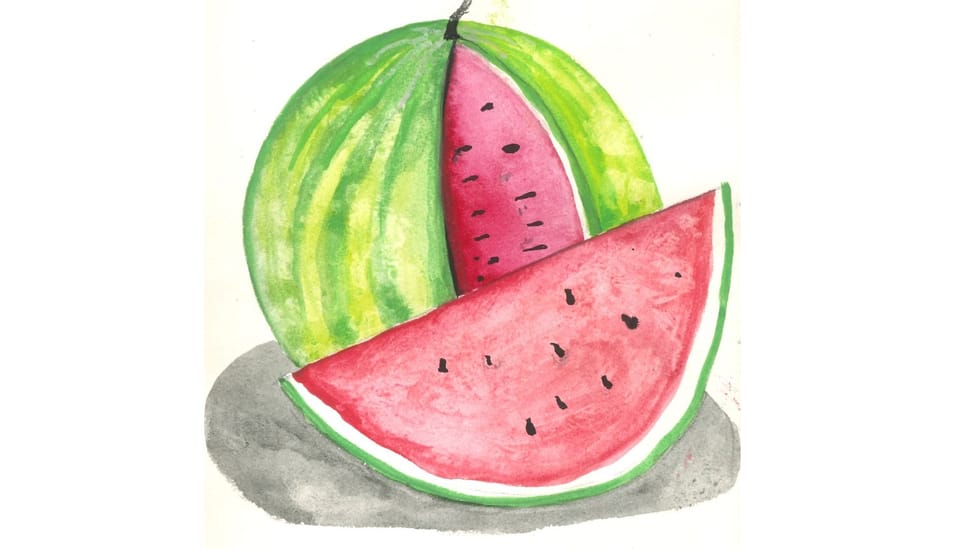
It’s strange waking up the morning after an election with such mixed feelings… Sadness at the Greens’ result in Brisbane, juxtaposed with jubilation not only at Dutton’s defeat, but at what feels like a deeper national rejection of overtly-xenophobic far-right politics (noting the caveat that Labor also supports ongoing oppression of asylum seekers and systematic exploitation of migrant workers).
The opening lines of the mass email Adam Bandt sent out late on Saturday night felt jarringly tone-deaf – at least to a Griffith-based Greens supporter like me. With the subject line “A record Green vote” and the opening sentence “As I write this, we’re on track to record our highest-ever Greens vote in a federal election” seems to verge on toxic positivity.
Outside of the Senate, the party’s nationwide primary vote has stagnated. The Greens have lost at least two of our four House of Reps seats, and may not win any others (still crossing my fingers for Ryan as the preferences are counted). Even Adam's own primary vote has taken a big hit. It's a sobering prompt to reflect on the obvious limits of electoralism as a primary strategy for social change.

In fairness to Adam, the Greens vote actually held up pretty well when you consider the scale and viciousness of the anti-Greens attacks from the combined forces of the major parties, the fossil fuel industry, and billionaire-backed groups like Advance Australia.
It’s also important to recognise that the main reason the party didn’t do better in its key seats was that the swing from the Liberals to Labor was so huge. There wasn’t a big swing away from the Greens in seats like Ryan and Brisbane – it’s just that so many Liberal voters switching to Labor gave ALP candidates the edge in crucial three-cornered contests. And notably, in the PM’s own Sydney seat of Grayndler, Hannah Thomas achieved an impressive +4.1% swing to the Greens, bucking the national trend.

Having said that though, it’s still a disappointing result for the Greens, especially in Brisbane, which I think perhaps validates several of the concerns I raised in this two-part article late last year.

I don’t want to churn out rushed commentary for the sake of it. But already, lots of people are seeking to explain the 3 May outcome in ways that suit their own agenda.
The storytelling contest about why people voted the way they did is almost as important as the results themselves. So as we watch the postals trickle in, I thought I’d highlight a few things I’ve noticed that probably deserve closer analysis and discussion over the coming weeks. I’m not making any definitive arguments here – just drawing attention to stuff that the establishment commentariat will almost certainly downplay or mischaracterise...
Strong swings towards the Greens in Brisbane’s southern suburbs
This election, I put a lot of time into Remah Naji’s Moreton campaign (which was an absolute joy to be part of). I'll save commentary on that experience for a future article. But I do want to highlight that in stark contrast to national trends, the Greens vote grew significantly in many booths across Brisbane’s outer burbs, building on the pattern we saw in 2024’s Brisbane City Council (March) and Queensland state (October) elections.
Predictably, the Muslim community in particular demonstrated strong support for Remah, with a whopping +23% swing to the Greens at the Kuraby booth. This was one of the few areas of Brisbane that saw a strong swing away from Labor. The Greens’ primary vote at Kuraby of 38% is now higher than many inner-city booths.
But we also saw healthy swings to the Greens in a dozen other booths from Rocklea (+5.46%) and Acacia Ridge South (+6%) to Runcorn Heights (+10.24%) and MacGregor (+5%).
I’m not ready yet to offer confident explanations for this, but the fact that in a lower-income, working-class suburb like Coopers Plains (swing to Remah of +5.83%), almost 1 in 4 residents are now voting Greens feels significant and worth celebrating.

I haven’t looked yet at many other booths across the city, but a similar pattern might be at play in some of Brisbane’s northern suburbs e.g. Zillmere Central (+8.16% swing to the Greens).
We need more analysis and reflection to understand how much these positive outer-suburban swings are shaped by the strength of the local campaigns on the ground and the profile of individual candidates, versus broader national trends.
I know plenty of long-term Greens supporters who’ve been pushed further out due to inner-city gentrification, but that demographic shift isn’t anywhere near big enough to explain these swings. I suspect the Greens’ stronger positioning in support of renters’ rights and housing policy reform could be a big factor (shout-out to Max Chandler-Mather). But a jump in support from new migrant communities (as compared to flat-lining or falling support from suburbs with majority Anglo-Australian voters) might also be part of the story. Palestine was certainly a factor, not only among Muslim voters, but for other people of colour I spoke to.
The apparent continued growth in Greens support among outer-suburban new migrant and working-class communities is a bright silver lining in an otherwise poor result for the Greens in Brissie, but I doubt many among the political and media establishment will pay much attention to it.
The Greens’ platform and tactics were not ‘too radical’
Some commentators are already trying to argue that the Greens’ primary vote dropped in seats like Griffith, Ryan and Melbourne because the party has become too radical.
While I think it’s true that many voters perceive the Greens that way, it’d be a big stretch to argue that the party’s actual policy platform, or the campaign tactics it predominantly relied upon, were at all radical.


Among the twelve key policy areas that Max Chandler-Mather featured on his campaign website, it's hard to find anything that could reasonably be described as 'radical' or 'extreme'
Both in key seat field campaigns, and wider media messaging, the party put forward an unadventurous social democracy platform – tax big corporations to fund public services like free dental care and childcare. When campaigning, if I showed midde-class swing voters the list of key Greens policy priorities and asked whether they disagreed with any of them, the answer was almost always ‘no.’
The major policies (and overall vision) fell far short of a head-on challenge to capitalist colonialism. Bandt wasn’t proposing to return stolen Aboriginal land, open the borders to refugees, or even to immediately shut down existing coal mines (the focus was on banning new ones). The Greens weren’t calling for landlords to be abolished, for private schools to be forcibly converted into public schools, or for supermarkets and electricity retailers to be nationalised. Even the party’s billionaire wealth tax was a very modest 10% – still proposing to allow billionaires to keep 90% of their ill-gotten wealth.
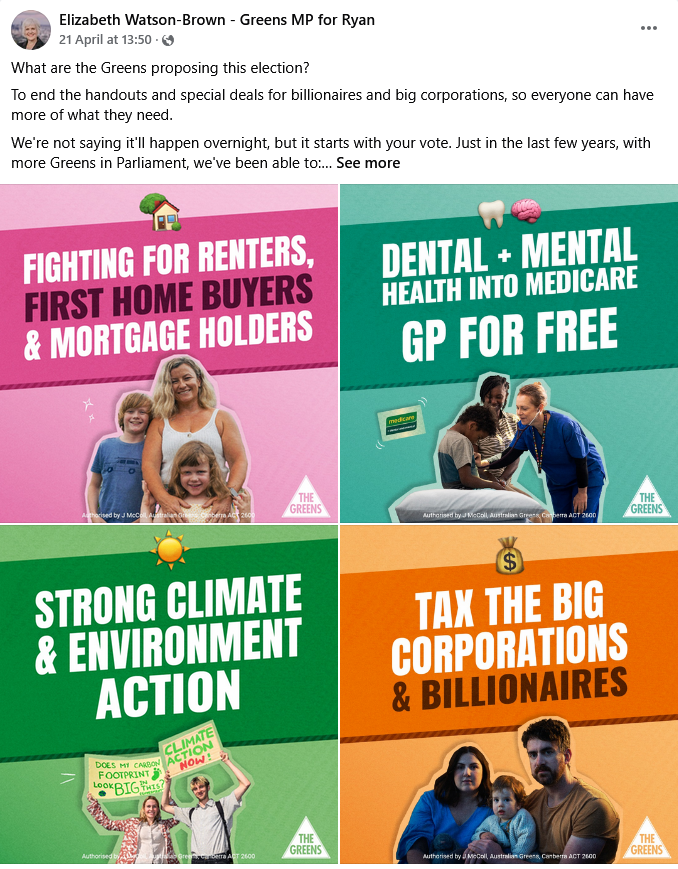
The fact that Labor adopted so much Greens messaging, and announced several policies which sounded at face value quite similar to what the Greens were calling for, suggests that nothing the party itself was saying was especially controversial. And the key campaigns didn’t do anything particularly radical either.
Greens reps dutifully laid wreaths at Anzac Day, posted social media photos of their favourite local non-profits and small businesses, and held public meetings responding to upper-middleclass concerns about flight noise (I’m not suggesting poorer residents aren’t also impacted by flight noise, but just that it’s not usually in the ‘top 5 concerns’ list for someone who’s working two jobs just to pay the rent). Key Greens campaigns spent a lot of money on billboards, letters and social media ads, and hired field organisers who mobilised volunteers to initiate polite, non-adversarial doorknocking conversations – nothing that Labor or Liberal volunteers wouldn’t do too (except that almost no-one wants to volunteer for the Liberals these days).
Several years of sustained attacks from opposing political parties and third parties have certainly contributed to a decent chunk of voters perceiving the Greens as ‘too extreme.’ But perception and reality don’t always align.
Anyone who argues that the Greens should respond to the poor election result by further watering down their already watery policies shouldn’t be taken seriously.
If anything, the Greens' central platform and messaging was too similar to Labor’s to offer a strong enough contrast and point of difference. Notably, some of the key differentiators from Labor, such as the Greens’ support for refugee rights, and solidarity with Palestine, were barely mentioned.
Did the party fail to sufficiently justify its support for Palestine?
The Greens leadership made a strategic choice not to focus on Palestine as a top-tier issue during the campaign. It was mentioned in passing in some comms, but the focus was clearly on other policy areas like housing, healthcare, climate change and tax reform. Regardless, the genocide in Palestine still impacted voting intentions.
From the hundreds of conversations I’ve had with voters over the past few months, I feel reasonably confident that in Brisbane at least, the Greens picked up many more votes from people who were frustrated with Labor’s weak response to Israel’s invasion than we lost via genocide apologists turning away from the Greens.
But the vehement and relentless attacks from pro-Israel zealots have still fed into our political opponents’ more generalised, intentionally ambiguous narrative that the Greens are ‘fuelling division’ and are inordinately preoccupied with ‘niche,’ ‘overseas’ issues. This broader attack narrative was probably one of several inter-connected factors that combined to push a slightly larger cohort of voters to swing back to Labor, even though those voters didn’t feel strongly one way or the other about the Greens’ specific position on Palestine.
Perhaps (and I stress here that I’m simply wondering aloud) the party made a strategic error in that it didn’t follow through with the work of educating its own support base on why Palestine was so important, and why the mainstream sources who uncritically regurgitate Israeli government propaganda were wrong.
Commentators who claim “the Greens lost votes due to their support for Palestine” are misdiagnosing and oversimplifying a more nuanced story...
Many active Greens supporters – including a lot of staffers and MPs – have been attending Justice for Palestine marches regularly, or at least following news of the invasion closely. We clearly understand how the cause aligns closely with Greens values, and see the obvious connection to Australian politics given our nation’s direct complicity in supporting Israel and the USA.
But there’s another, possibly larger layer of Greens supporters – including some who ended up doorknocking on the party’s behalf during the election campaign – who still don’t know a lot about it, and aren’t very good at explaining to friends and family members what's really going on. These Greens voters are generally older, and less tapped into the endless feed of news about the genocide that younger people are consuming via social media.
In a context where opposing forces were aggressively critiquing the Greens’ stance, and many mainstream sources were ignoring or misreporting what Israel is doing, the Australian Greens didn’t do enough work to educate followers and equip them with the tools to push back against misinformation.
Most younger Greens supporters were getting that political education directly from social media, as were some older Greens supporters who follow international news and commentary more closely. But very few party spokespeople were regularly sharing explanations for their solidarity with Palestine through their own email newsletters and social media channels. While many Greens MPs spoke at pro-Palestine rallies and events organised by other groups, none of them seem to have organised their own dedicated policy forums focussed on educating existing Greens voters. This meant that a lot of older Greens supporters who watch the news on ABC but not Al Jazeera still lacked the tools to discern truth from propaganda.
As the disingenuous complaints that any criticism of Zionist political ideology is ‘antisemitic’ gained traction, and the election approached, Palestine barely featured in core Greens messaging to party supporters. But other political actors were still talking about the party's stance.
So while the party had clearly picked a position, and was being attacked relentlessly for it, some of its loyal supporters probably weren’t doing a very good of justifying that position to swing-voting friends and family members. This created a vacuum which the “Greens are preoccupied with divisive overseas issues that have nothing to do with Australia” attack narrative was able to fill.
Like I said, I’m not sure how big of an issue this actually was, but I think it deserves further consideration.
Not everyone voting for right-wing minor parties is a full-on right-winger
In keeping with previous musings, I want to reiterate that based on the many conversations I’ve had with voters over the course of this campaign, a small but significant proportion of the 1.2 million voters who gave their first preference to One Nation, Trumpet of Patriots, Australian Citizens Party or Gerard Rennick’s People First party are still up for grabs by the left. Some could even be swung back to the Greens if the party adopted a political posture that’s more overtly critical of state surveillance and centralisation of government power.
Most of these voters are indeed hard-right racists who are so deeply brainwashed by climate denialist anti-Greens propaganda that it would take years to deprogram them. But some are just degrowthers, confused communitarians, or anti-establishment types looking to support whichever candidates seems most strongly opposed to oligarchy and the two major parties. They're so politically disengaged that they don't fully understand what they're voting for. If we abandon them to the likes of One Nation, they’ll be indoctrinated into fascism over time, but they’re not hardcore anti-immigrant zealots yet. Or at least, they're no more racist and xenophobic than the majority of Australians.
Whether it’s actually worth the Greens trying to woo these voters is a much bigger question. But when you combine that cohort with the nation’s 150 000 Legalise Cannabis voters – many of whom are also similarly motivated by opposition to ‘big government’ – we’re talking about 2% to 4% percent of the Australian voting public who have already given up on the two major parties, and might only need a small enticement to come over (or come back) to the Greens.
Maybe we shouldn’t write them all off yet?
Thousands of voters are swinging like pendulums, but the electorate might be slightly less conservative than we feared
Speaking of ‘up for grabs,’ it’s not so long ago that the LNP routed Labor here in the Queensland state election, and polls were predicting heavy losses for Albanese. He managed to turn that around largely thanks to legitimate fears that Dutton would import full-on Trumpian politics to Australia. But we should remind ourselves that the big swings to Labor were mostly a vote against Dutton, rather than a mindful and enthusiastic vote for the Labor party’s centre-right reformism.
Labor’s big majority is nowhere near as solid as it might seem at first glance, and within this voter volatility, social movements can find opportunities to destabilise and transform oppressive and unsustainable systems from below.
I take a lot of heart from the fact that Dutton's particular brand of hard-right fascist politics has been soundly rejected by Australian voters. But it's also important to note that despite putting lots of resources towards opinion polls and focus groups, both the major parties and the establishment media consistently underestimated just how deeply unpopular it was.
It seems that both Labor and the Liberals have been assuming the electorate was more politically conservative than it actually is. There are lots of reasons for this, but it's a good reminder that Courier Mail comment threads, Facebook group rants and talkback radio callers aren't necessarily reflective of broader public sentiment. People's reasons for voting one way or another can be complex and inconsistent.
Next time a Labor politician argues against a progressive policy change or program on the basis that it wouldn't be popular enough with their constituents, we should remind them that they don't actually know whether the majority of voters would or wouldn't support something until they actually run a plebiscite on the question.
Start deeper conversations
There’s so much to unpack after this election, and so many people offering shallow, self-serving diagnoses. We should all be wary of party spin (including from the Greens) and prompt one another to have more nuanced and critically reflective discussions than social media feeds ordinarily accommodate. Look for the stories and angles that are just beyond the focus of the mainstream media and the most popular influencers (this piece by Greens candidate and poet Omar Sakr is worth a read), and do your best to engage with and amplify the perspectives of those on the margins.
Now is the time for social movement building – for organising on the ground and driving change from the bottom up.
Nine days before election day, Remah Naji and I diverted our energy away from handing out flyers at early voting booths to support a successful eviction defence action at Runcorn. I don't know if it won many votes, but it stopped two disability pensioners becoming homeless.
If a couple of plucky tenants and barely 20 loosely-organised allies can successfully prevent the police enforcing an eviction warrant, imagine what the thousands of people who've spent all their spare time on election campaigning could achieve...
@remah4moreton Successfully resisting two renters being evicted into homelessness. Police had a warrant of possession but we refused to move, and they've allowed the tenants to stay, at least for today. #peoplepower #housingisahumanright #australiangreens #remah4moreton #housingcrisis
♬ original sound - Remah Naji for Moreton

Thanks for reading! I'm already working on a couple more articles unpacking different aspects of the election and the future of the Greens, so please consider signing up to my mailing list if you're keen to hear about them. Paid subscriptions support me to find the time to write more frequently, but signing up for free is obviously fine too!
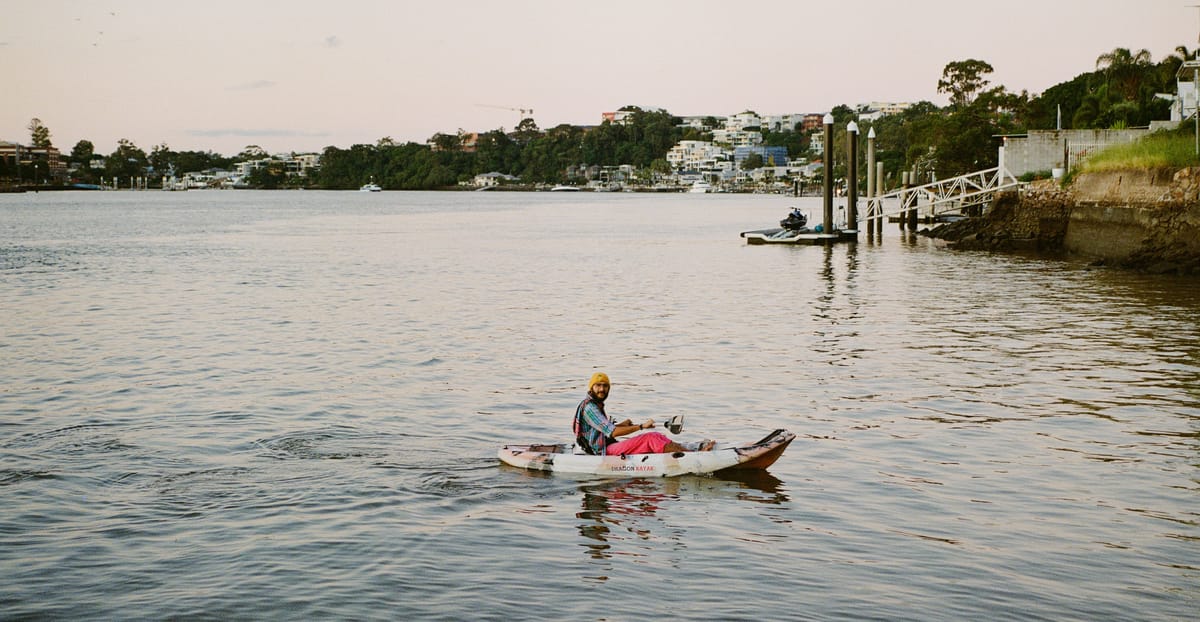

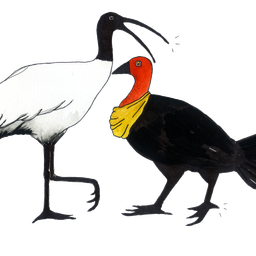
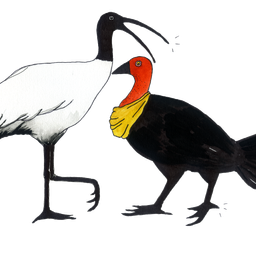
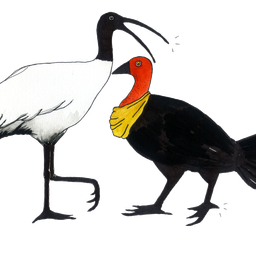
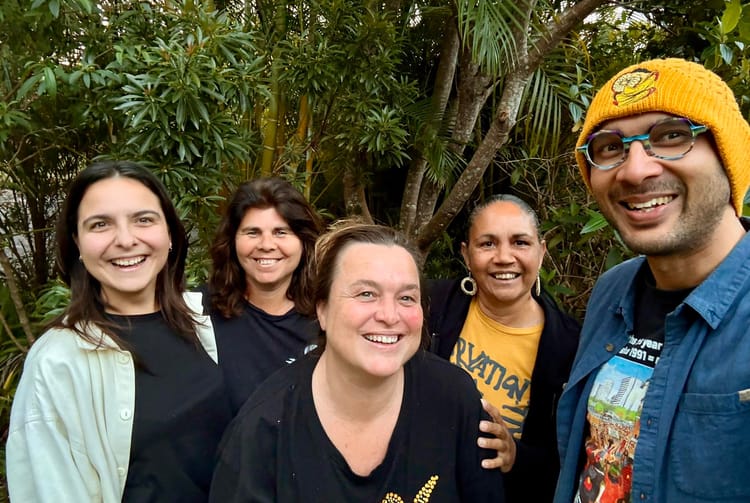
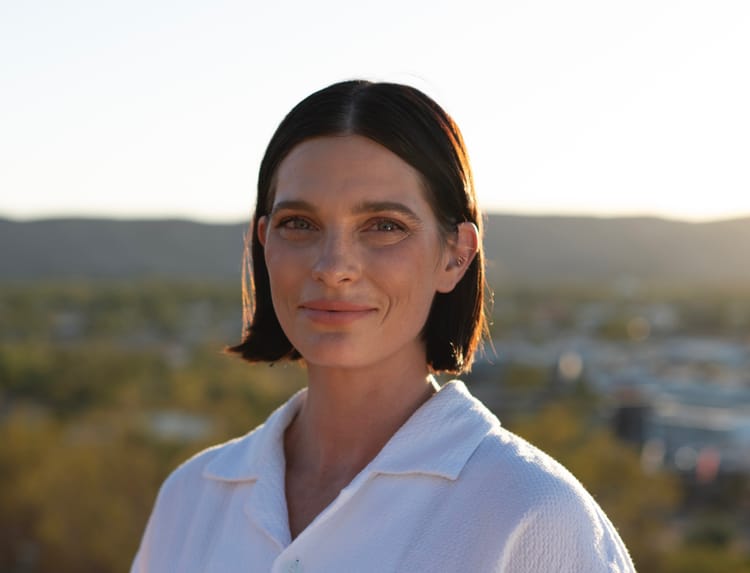
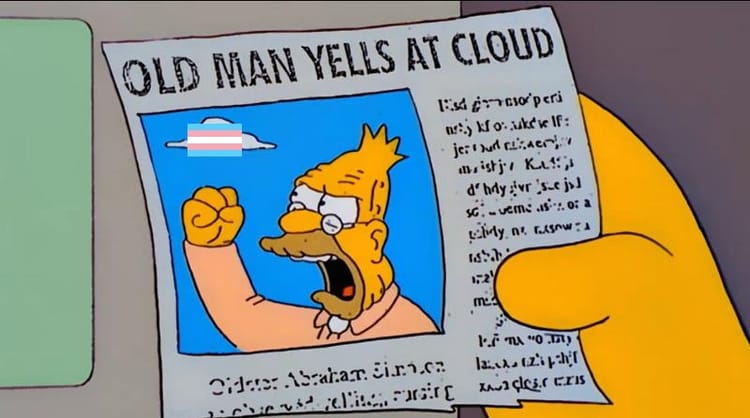
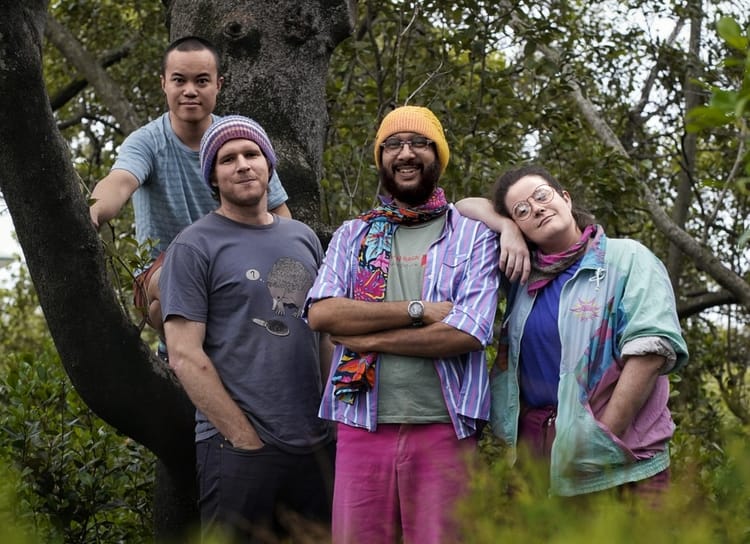
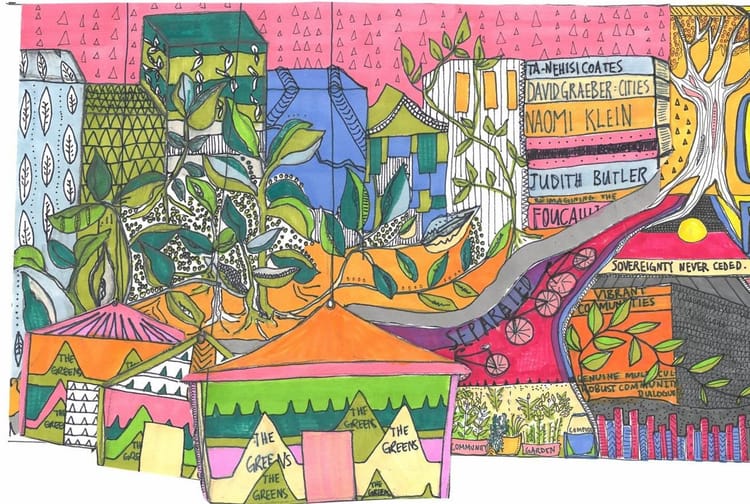
Member discussion